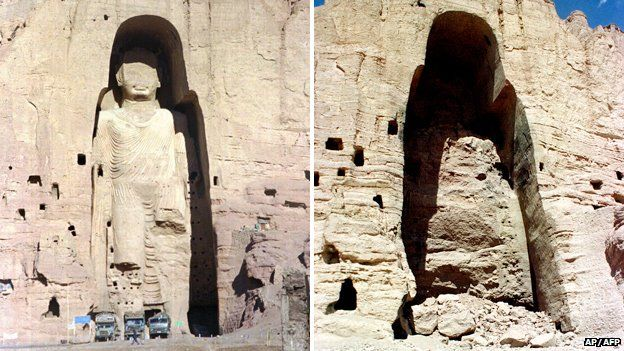Free Courses Sale ends Soon, Get It Now


Free Courses Sale ends Soon, Get It Now



Copyright infringement is not intended
Context: The Taliban regime in Afghanistan has said it would protect the ancient Buddha statues in Mes Aynak, also the site of a copper mine where the Taliban are hoping for Chinese investment.
Bamiyan Buddhas
https://indianexpress.com/article/explained/everyday-explainers/explained-what-were-the-bamiyan-buddhas-and-why-did-the-taliban-destroy-them-7844925/
© 2024 iasgyan. All right reserved